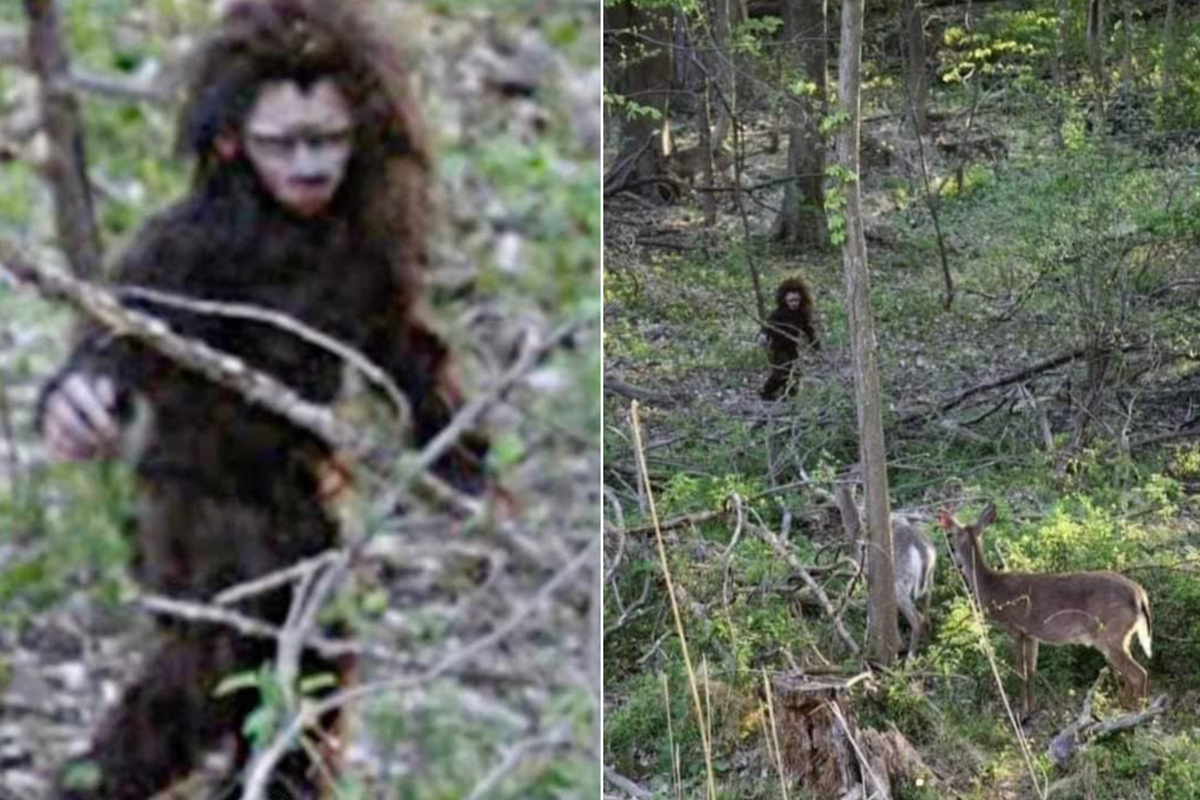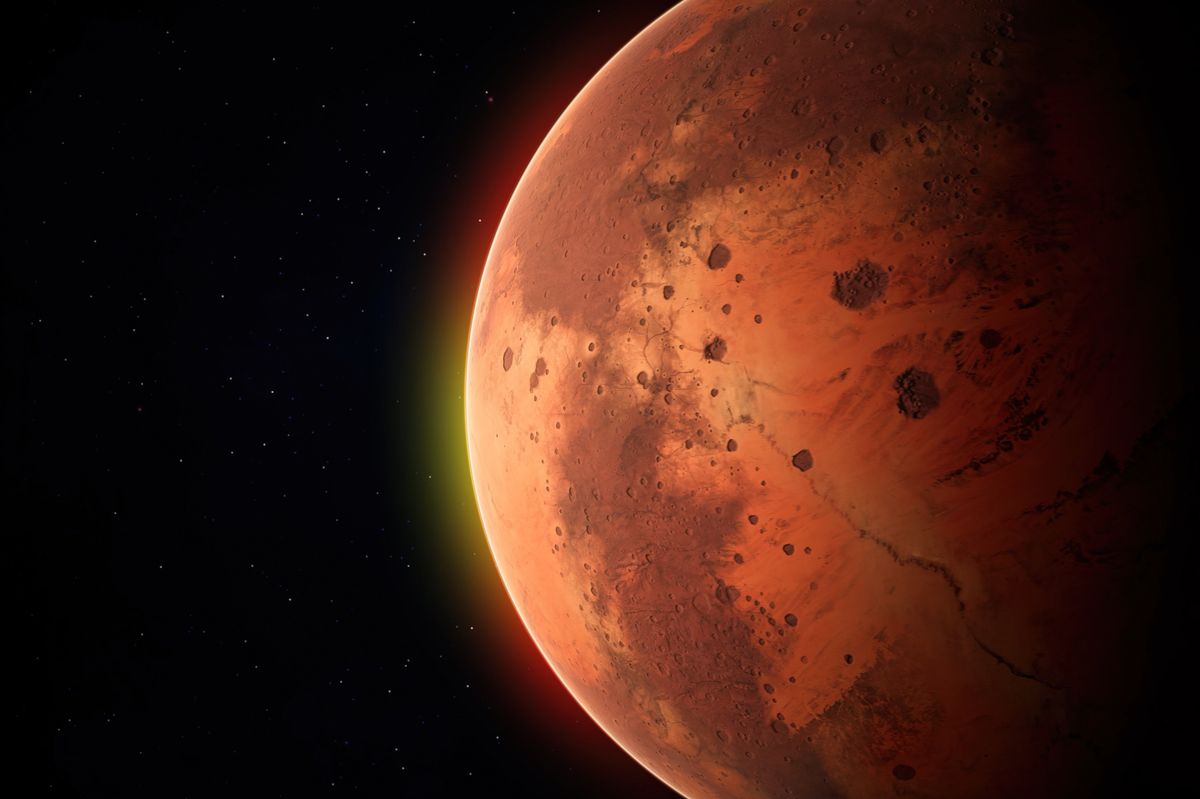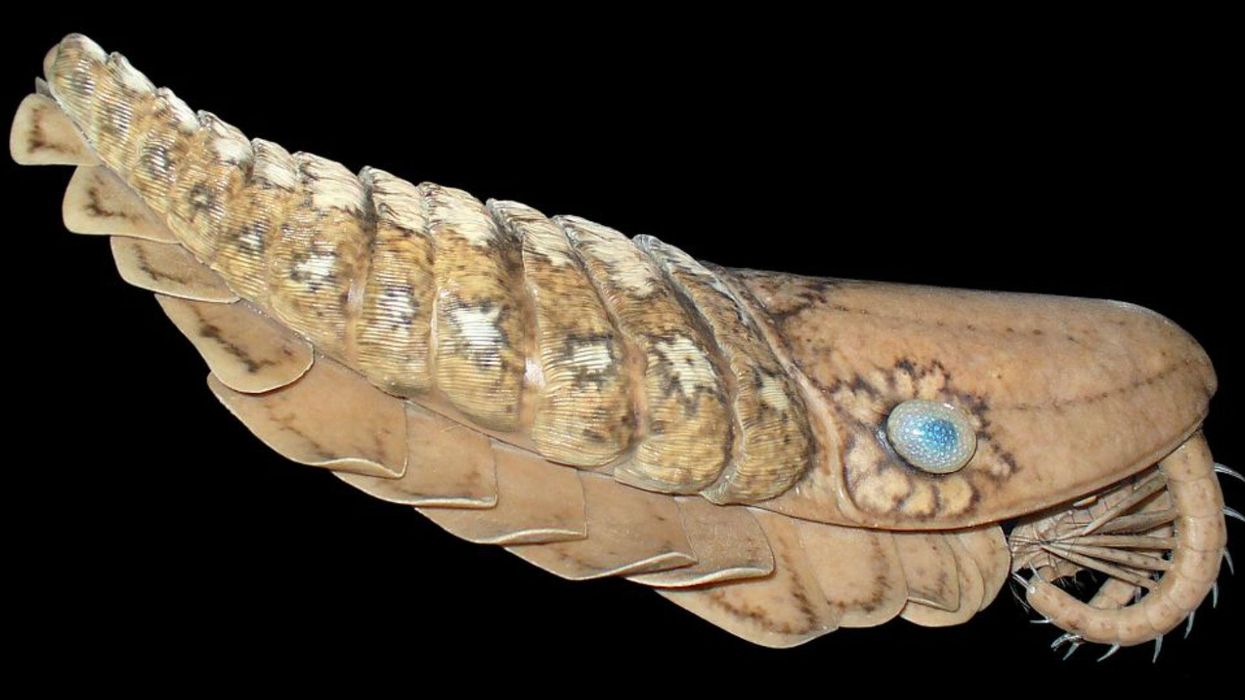
Lazarus animals are ones which have disappeared from the geological fossil record, only to reappear later.
Palaeontologists coined the term in reference to Lazarus, a man from the Bible said to have been resurrected by Jesus.
Who says science and religion are always at loggerheads?
Over 100 such creatures exist in the world.
Here's a few examples:
1. Night parrot
The 'Night Parrot' was thought to have become extinct a century ago, until it was rediscovered in 2015 in Australia.
Pezoporus occidentalis was found by ornithologist Dr Steve Murphy.
2. Anomalocaridids
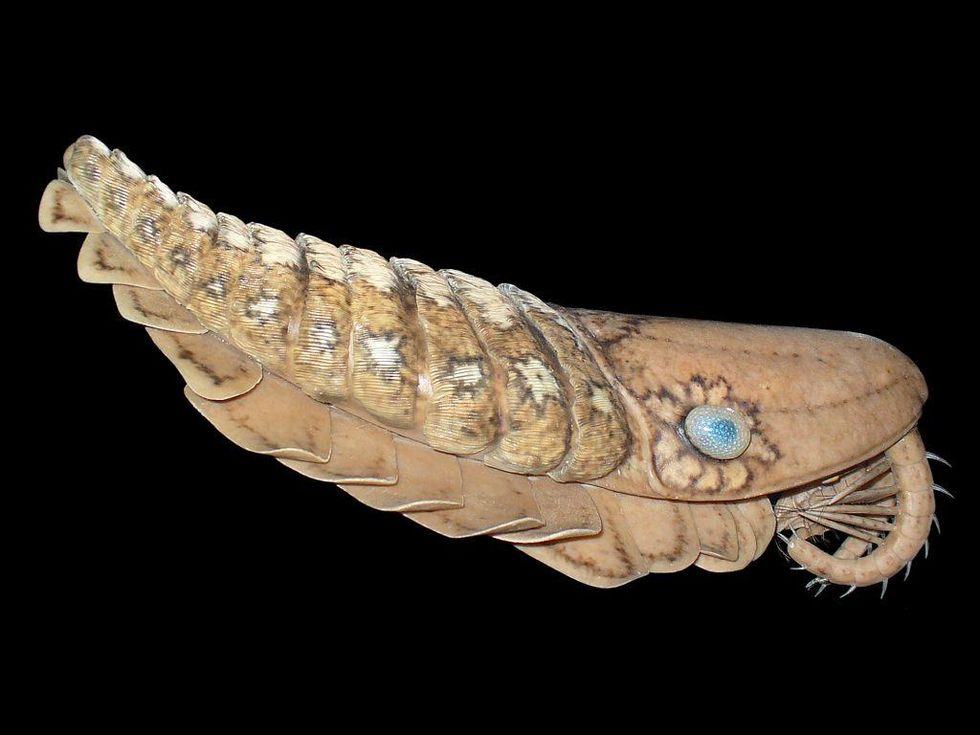
Which can also be described as clawed sea beasts.
Sadly this creature is no longer with us, but is considered a Lazarus 'Taxon' by palaeontologists because it showed up 100 millions year after it was thought to have become extinct during the Cambrian period.
Roughly 458 million years ago.
So in the grand scheme of things, only slightly misplaced in time.
The fossil for Anomalocaridids that made it an official Lazarus beast, was discovered in 2009 in Germany.
3. Omura's whale
Found off the coast of Madagascar in 2013, the Omura's whale returned after an absence of 10 years.
The Balaenopter omurai (Omura's) was first sighted in 2003, but because of the lack of confirmed sightings that followed, it was presumed extinct.
A school of the small fin whales was found in 2013, and was confirmed to be the Omura's whale by DNA evidence in 2015.
4. Painted frog
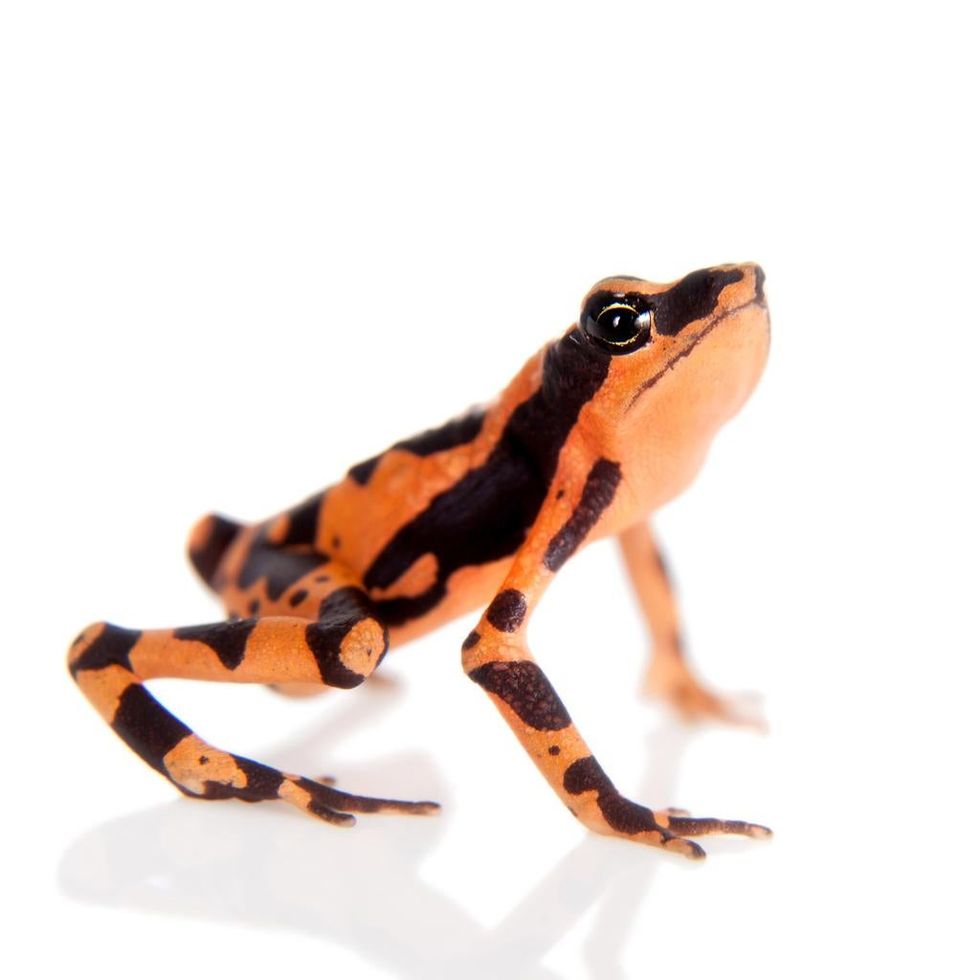
Thought to have been made extinct in Columbia, this species of 'Harlequin frog' was rediscovered in 2006.
According to Conservation International, the frog Atelopus ebenoides marinkellei, were thought to have been made extinct by a fungal disease that had killed off most of the region's amphibious creatures in 1995.
The rediscovery was made by a team of zoologists led by Professor Carlos Rocha.
Despite the brilliant find, the species remain on the International Union for the Conservature of Nature lists them as 'critically endangered'.
HT IFL Science, The Independent
More: 18 animals you’ve (almost definitely) never seen before






